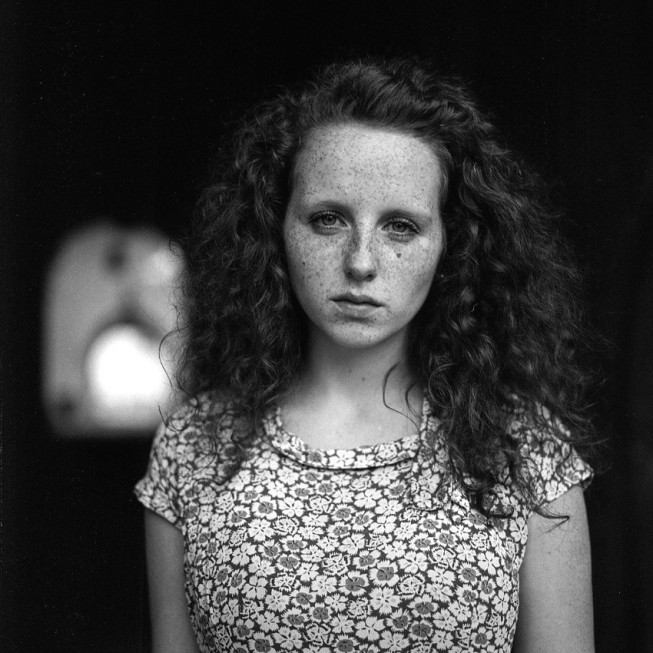4 Tips for Achieving Low Depth of Field

Used wisely, low depth of field makes your pictures more interesting, more intelligible, and easier to “read”. So—how do you get that pleasantly unsharp background in a photo? The following text will help you achieve that.
Depth of focus depends on these factors: the choice of aperture and depth of focus, the distance to the object you are focusing on, and the size of the sensing medium. It doesn’t matter if that medium is a chip or film—the larger the sensor surface, the smaller the depth of focus. The largest role is played by the lens used.
1) Fast Lenses
One of the main lens parameters is its smallest possible aperture, e.g. F1.2, F1.8, F2.8 etc. The smaller the f-number used, the smaller the depth of focus. There is a variety of lenses on the market from various brands at various prices. The most affordable fast lenses are 50 mm fixed focus (available starting from around 200 USD).
These lenses are made for DSLR’s. Fortunately we’ve recently started seeing affordable compacts on the market that go down to F1.8. These lenses’ high speed make it possible to take very pleasing pictures with nice bokeh, that is, a nice blurred background. Naturally these lenses, just like any others, need to be set to the best f-number for each shot.

2) Broaden the Aperture
Another way to get a low depth of focus is to photograph objects with a fully open aperture. Usually for this type of photography you’ll use aperture priority, or full manual. If your camera does not offer these options, make use of the portrait photography mode.

3) Lengthen the Focus
The depth of focus (f’) is another factor that plays an important role in depth of focus. The longer the focus, the lower the depth of focus. Thus to get the smallest possible depth of focus, choose the longest possible focal length, that is, the long end of the zoom.
The Smallest Possible Depth
There are factors that you can influence, and fortunately they outnumber the ones that you can’t—like the sensor size. When you want to get the smallest depth of focus possible for a given device, shoot with a fully open aperture, with the longest possible focus, at the shortest possible focal length.
By focusing correctly and using a small depth of focus you can really improve your photos. You’ll be calling attention to the main subject, and with it to the idea behind the photo. Also, pictures like this look more professional, and they’re more intelligible to your audience.
4) Bring the Subject Closer
The closer the object being photographed, the lower the depth of focus. For example, for advanced macro photography a very narrow aperture is required, to keep the main part of the picture sharp. In practice this means that you will be shooting at the shortest distance that your lens makes possible.

There are no comments yet.